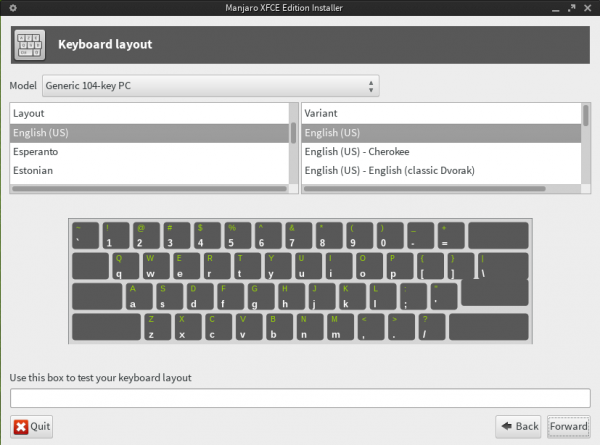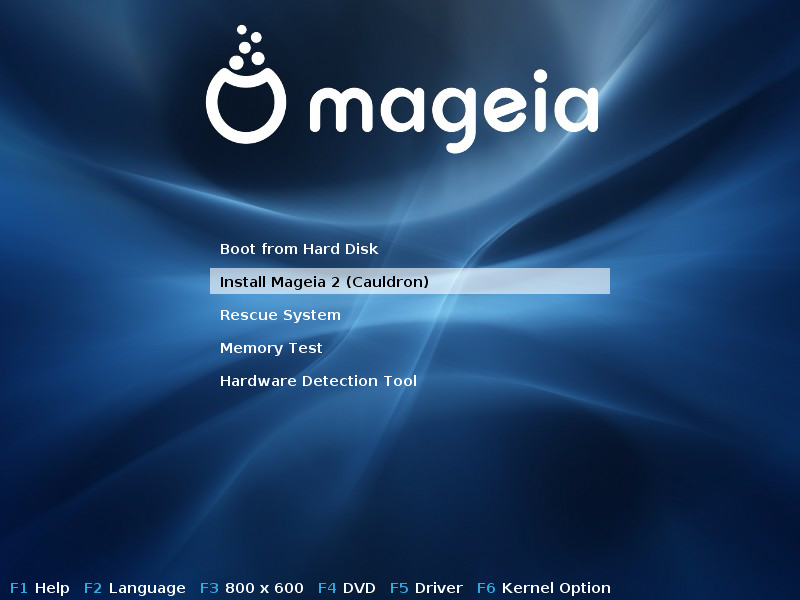Manjaro is a new desktop distribution based on Arch Linux. Arch Linux is known for its text-based installation process, so a feature I’m always looking for in any distribution based on it is a graphical installer.
While there are many good graphical installation programs that new distribution developers can reuse, many still opt to code one from scratch. That shouldn’t be a problem if what they are writing from scratch is better than existing ones, but they are not even close.
I’ve pitched YALI to see if any distro developer will consider it, but so far, there’s no indication that’s happening.
So what does Manjaro’s graphical installer look like? It has a beautiful point-and-click interface, but with very little else. The only feature it has that new users will find helpful is automatic disk partitioning. That’s something I don’t see in most of these new graphical installation programs.
But even with its automatic disk partitioning, the mount point still has to be specified manually.
Here are a few screen shots of the graphical installer.
This is the keyboard selection step.

This is the disk partitioning. The default is automatic disk partitioning.

These are the partitions created by the installer. The mount point for the root partition has to be specified manually.

And if you opt to create the partitions yourself, this step tells you what you need to do. GParted is the tool the installer employs for disk partitioning. The graphical installer still has a long way to go. The good new is it is still in the very early stages of development.









The developers should make this installer available to other distros as well.
Why? It’s not even fully-featured. I’d rather see other distro devs reuse and extend YALI.
Cuase not only will it be easier to install the OS but maybe it’ll raise more support by people to countine on this project. i’d like to see this something like this on the ArchLinux Repositorys to use with archiso.
If a developer wants to reach a ‘wide audience’ a user friendly installer is critical. The simpler the better..
“Simple” by itself is not enough. It must also have all the features you expect from an installation program on a modern distribution – support for LVM, full disk encryption, boot loader password protection, etc.
Basically its a very lightly modified version of Linux Mint Debian Edition’s installer. Which hasnt seen any of the promised modifications since its first release….
That’s what happens when you bite off more than you can chew.